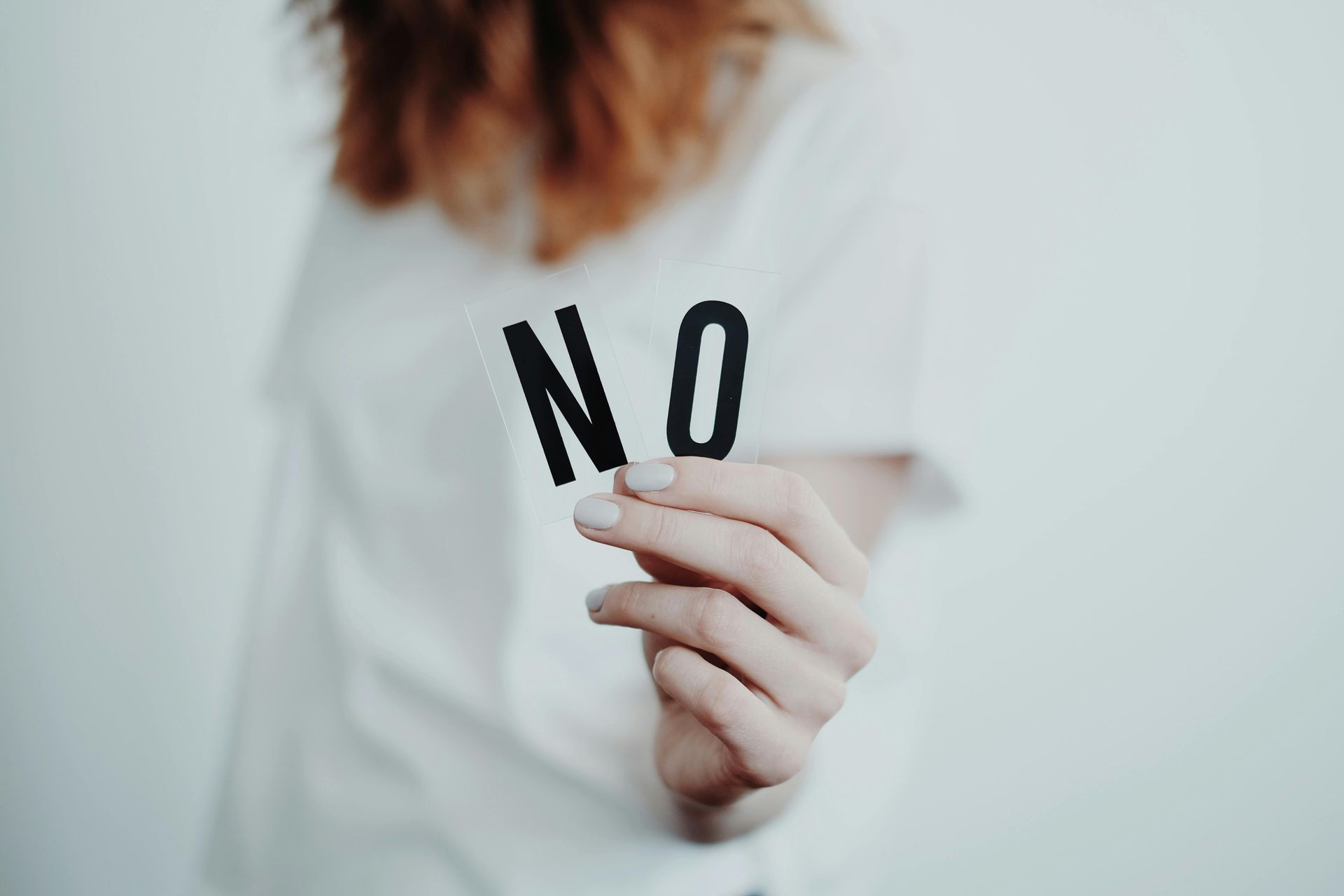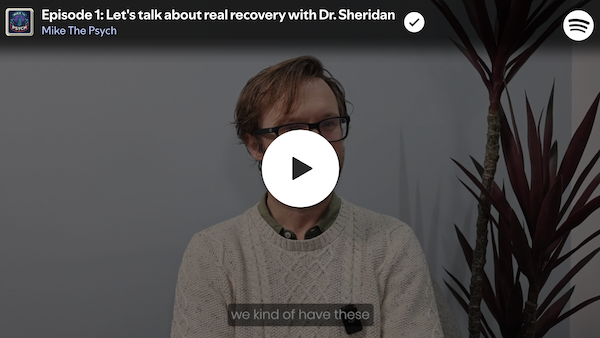Dopamine Burnout: How Everyday Activities Can Lose Their Shine
Have you ever noticed how, after spending hours playing your favorite video game or scrolling through social media, it seems like everyday activities like reading, exercise, or even spending time with friends seem dull and unappealing? This phenomenon is often attributed to dopamine downregulation, a complex process that affects our brain's reward system.
What is Dopamine Downregulation?
Dopamine is a neurotransmitter that plays a crucial role in motivation, pleasure, and reward processing. When we engage in activities that stimulate dopamine release, such as playing video games or scrolling on social media, our brain associates these activities with pleasure. However, when we overindulge in these activities, our brain adapts by reducing the number of dopamine receptors and altering the expression of certain genes. This process is called downregulation.
Why Does the Brain Downregulate Dopamine?
The brain's primary goal is to maintain homeostasis, or a stable internal environment. When we repeatedly engage in activities that flood our brain with dopamine, it can disrupt this balance. To compensate, the brain downregulates the dopamine system to prevent overstimulation. Kind of like how a thermostat turns your heater down when the room gets too hot.
The Role of Delta FosB
One key player in dopamine downregulation is a protein called Delta FosB. When we repeatedly engage in intense ‘quick fix’ rewarding activities, Delta FosB accumulates in the brain's reward centers, such as the nucleus accumbens. This accumulation triggers a series of molecular changes that ultimately lead to a decrease in the sensitivity of the reward system.
In other words, our brain becomes less responsive to dopamine, making it more difficult to feel pleasure from everyday activities, as well as a tendency to crave higher doses of the intensively rewarding activities to feel good again (or even just normal).
The Spicy Food Analogy
Imagine devouring an extremely spicy meal. At first, the intense flavor and heat stimulate your taste buds, giving the experience of an intense flavour. But after repeated exposure to such spicy food, your taste buds become desensitized, and ordinary food seems bland by comparison. Similarly, when we excessively engage in highly dopamine-flooding activities, our brain's reward system becomes overwhelmed, leading to downregulation.
The Consequences of Downregulation
Downregulation can have significant consequences on our motivation and behavior. When our brain's reward system is downregulated, the more ‘slow burn’ activities that previously brought us steady joy and satisfaction (such as exercising, seeing people, and going outside) may no longer be appealing.
This can lead to:
- Lack of motivation: Everyday activities seem dull and uninteresting, so tend to be harder to get started with.
- Increased cravings: We may crave more intense or longer bouts of dopamine-stimulating activities to feel pleasure.
- Mood disturbances: Downregulation can contribute to depression, anxiety, and irritability.
Breaking the Cycle
Fortunately, there are ways to mitigate the effects of dopamine downregulation:
- Moderation: Set limits on activities that are highly dopamine-flooding, such as gaming or social media. You can do this gradually rather than making it too jarring
- Balance and variety: Engage in a variety of activities you enjoy, such as exercising, socializing, being in nature, and creative pursuits. Gradually phase these back in as you phase the dopamine flooding activities out: they’ll start to feel good again soon enough.
- Mindfulness and self-awareness: Recognize when you're overindulging in dopaminestimulating activities (or just about to) and take steps to rebalance your life. Notice the patterns: were you trying to deal with stress, boredom, or overwhelm?
Conclusion
Dopamine downregulation is a complex process that can have significant consequences on our motivation and behavior. By understanding the mechanisms behind downregulation, and disentangling the ‘quick fixes’ from the more balanced activities, we can reduce the sense of burnout and cultivate a more fulfilling life.







